专著
发布者: 发布日期:2025-06-13 浏览次数:3337

Bundschuh J., H. Hollaender, and L. Q. Ma. 2014. In-situ remediation of arsenic-contaminated sites. CRC Press, Boca Raton, Florida.
Chen Y., Y. Cao, B. Rathinasabapathi, and L. Q. Ma. 2018. Novel genes of hyperaccumulator ferns in arsenic tolerance, uptake, and metabolism: Implications for crop improvement. In Current Advances in Fern Research, edited by Helena Fernández, Springer International Publishing: Cham, pp: 361-379.
Chen, Y., C. Yang, Y. H. Han, and L. Q. Ma. 2024. Chapter Five - Roles of nutrients and microbes on arsenic accumulation by arsenic-hyperaccumulator Pteris vittata. In Advances in Botanical Research, edited by Michel Chalot. Academic Press, Volume 109, pp: 159-183.
Guan, D. X. 2019. Diffusive gradients in thin-films (DGT): An effective and simple tool for assessing contaminant bioavailability in waters, soils and sediments. In Encyclopedia of Environmental Health (Second Edition), edited by Jerome Nriagu. Oxford, Elsevier, pp: 111-124.
Li H., J. Li, S. W. Li, and L. Q. Ma. 2018. Application of oral bioavailability to remediation of contaminated soils: method development for bioaccessible As, Pb, and Cd. In Twenty Years of Research and Development on Soil Pollution and Remediation in China, edited by Yongming Luo and Chen Tu, Springer, Singapore, pp: 189-216.
Rathinasabapathi, B., X. Liu, Y. Cao, and L. Q. Ma. 2018. Chapter 18 - Phosphate-solubilizing Pseudomonads for improving crop plant nutrition and agricultural productivity. In Crop Improvement Through Microbial Biotechnology, edited by R. Prasad, S. S. Gill and N. Tuteja, Elsevier, pp: 363-372.
